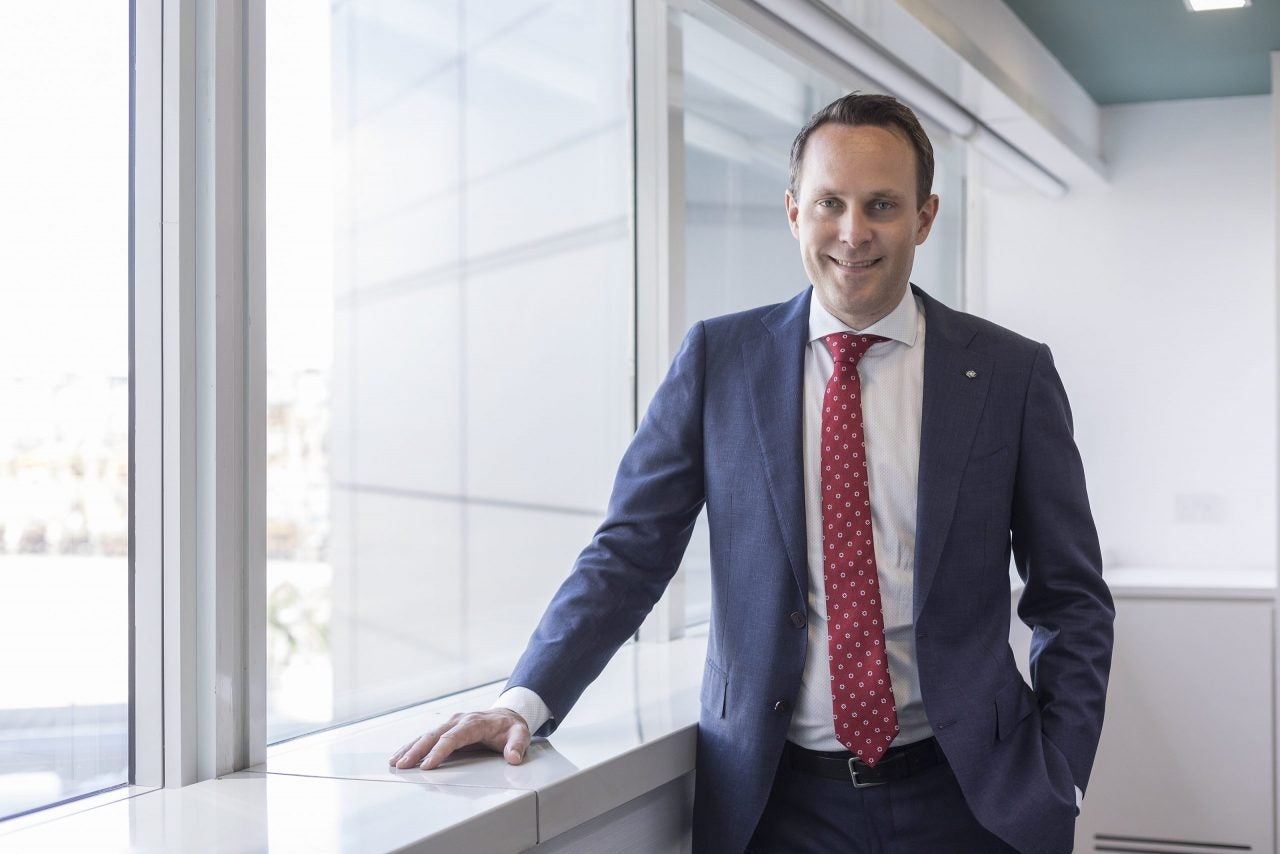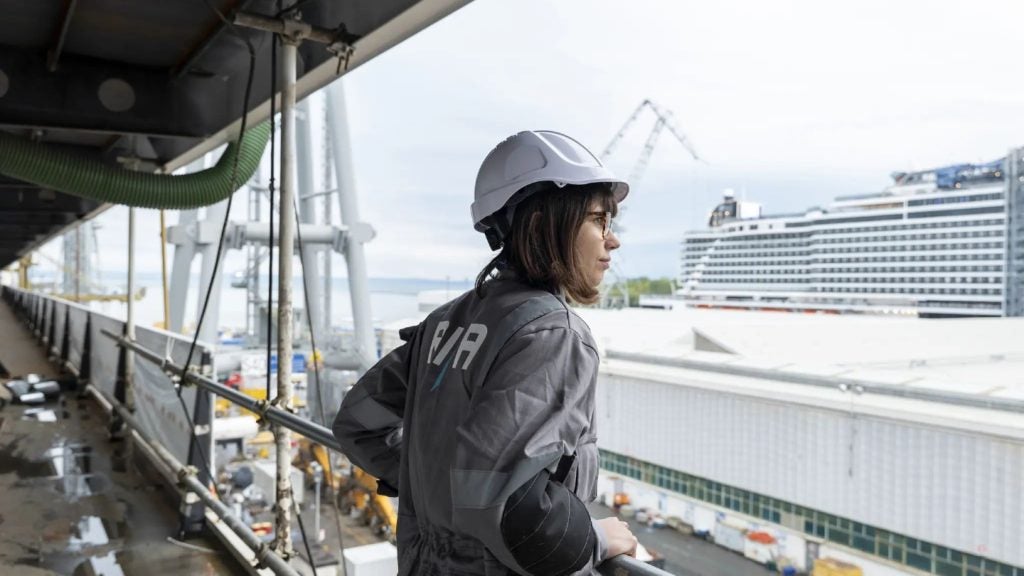
The last 11 months haven’t been easy on the shipping sector. Between the Covid-19 pandemic and all its consequent problems – including the question of seafarers stranded at sea because of travel restrictions – shipping companies have had a lot on their plate.
Whilst some saw coronavirus as an opportunity to invest heavily in technological advancements and acceleration, other stakeholders chose a different approach.
How well do you really know your competitors?
Access the most comprehensive Company Profiles on the market, powered by GlobalData. Save hours of research. Gain competitive edge.

Thank you!
Your download email will arrive shortly
Not ready to buy yet? Download a free sample
We are confident about the unique quality of our Company Profiles. However, we want you to make the most beneficial decision for your business, so we offer a free sample that you can download by submitting the below form
By GlobalDataThis is the case of UAE multinational shipping company GAC chief information officer Martin Wallgren, who believes in a more moderate approach to digitisation. Below, he discusses how Covid-19 has changed shipping, the role of digitalisation within the industry and cyber-security.
Ilaria Grasso Macola (IGM): How has Covid-19 changed the shipping sector?
Martin Wallgren (MW): I think that people have started to realise how important the shipping industry is for the world. When the aviation [industry] came to a halt, the logistics part of the shipping industry really showed up to meet that need and that has been an eye opener for a lot of people.
People don’t really know what happens once the ship leaves the harbour; they see the result but not the journey. I think that Covid-19 put that on the map, [especially when it comes to] the crew change situation, as before [we] only saw the ship but never thought about the guys working on it.
IGM: What is the situation now, in November 2020? How has it evolved since March?
MW: We see a small opening when it comes to travel but, on the other hand, every country has their own restrictions and regulations. When it comes to crew changes, each airline has their own regulation as well, so this is still a very messy situation.
It’s getting better, we see an increase of movement in the world, but it’s still not even close to normal. As you know, some countries are going [through] a second wave and that is troublesome for us. Changing crews with quarantine restrictions in place will still be an issue for us.
IGM: What does the industry have to do to return to pre-pandemic profitability?
MW: First, I wonder if that’s even possible: the way we do business has changed and the new abnormal will become the new normal. From an office and operation perspective, I don’t think we are ever going back.
This journey has also forced on us a lot of small digital solutions. Now, this doesn’t happen in our harbours [yet], but we see that this big change [made of] small but good digital solutions is actually becoming of real use and value for us.
IGM: To return to normal, does the industry have to focus on moon-shot ideas (such as intense digitalisation) or on smaller practical solutions?
MW: You must do both, that’s the end dilemma. You have to do both the small and the big [part].
For example, [big digitalisation processes] started in the airline industry with the International Air Transport Association (IATA) and the International Civil Aviation Organization (ICAO), which [developed] standards on how to talk to each other from a security point of view.
That’s been going on for a long time and it’s quite standardised: [ICAO and IATA] know how to talk and send digital messages. In the shipping industry, we have the International Maritime Organization but it just signed a partnership with other bodies in April 2020 so that journey has just started.
What happens now is that every port, every country, has their own rules, their own regulation, their standards. Even though they talk about [the European Maritime Single Window Environment] I would say it’s a multiple single window system [because] it’s interpreted by different countries and ports in different ways.
[As an industry] we have to fix some fundamental objectives before we can say ‘let’s go digital all over the world’.IGM: Is it true that many companies fail in their digital transformation? How can they fix it?
MW: I don’t think this only works for shipping companies – you see, any company that considers digitalisation as one big project will fail.
Digitalisation is just like any normal business change, you need to think about the man and the machine at the same time, thinking about both change management and the psychology behind how to make people change. If you just take a digital tool, it has no value whatsoever.
As ship owners or agencies, we cannot just say ‘let’s go digital’, because we are just one part of a big system that involves government regulations, port regulations, insurance companies, and so on.
So many people are involved in a ship or port call and therefore it’s impossible to say ‘let’s do a digital transformation’; you have to take it step by step.
IGM: Speaking of man and machine, do you see a chiasm between what executives want in terms of digitalisation and what is needed aboard ships?
MW: I see a lot of executives with extremely high expectations [in terms of] digitalisation, but with very low experience of how to implement this kind of changes. It’s okay to dream big, but to be able to succeed you have to build step by step.
[Companies] have to understand the fundamentals that need to be in place to be able to use digital platforms. [Digitalisation] happens gradually, but you have to create the fundamentals, nudge people step by step to be able to become fully digital, if there is something called fully digital.That is another thing people forget, because even though you [go fully digital], you will still need a business continuity plan in case anything happens.
IGM: Let’s talk about cyber-security. Don’t you think that advanced digital solutions are more useful when it comes to protecting ships from cyber-attacks?
MW: I think you should think about what you try to protect and what kind of data you’re hiding. What you are trying to protect and why is the metre that companies should use [when it comes to cyber-security].
IT security and business continuity is definitely an issue and I think that it’s becoming more obvious that IT security from a technical point of view can be solved, but the real trouble lies in the awareness of people using the systems. Security comes with the awareness of the people using the tools [correctly].
IGM: In your opinion, what is the best approach for the shipping industry to protect itself from attacks?
MW: I would say the best one is awareness. You need both top management and operators to understand what kind of threat they are up against and what information they have to protect.
[Cyber-security concerns] are solved through digital solutions, technology and awareness, but awareness is the hardest part. At GAC, we tend to give digital tools to everyone, including customers and users, to help them make the right decisions and keep the data safe.







